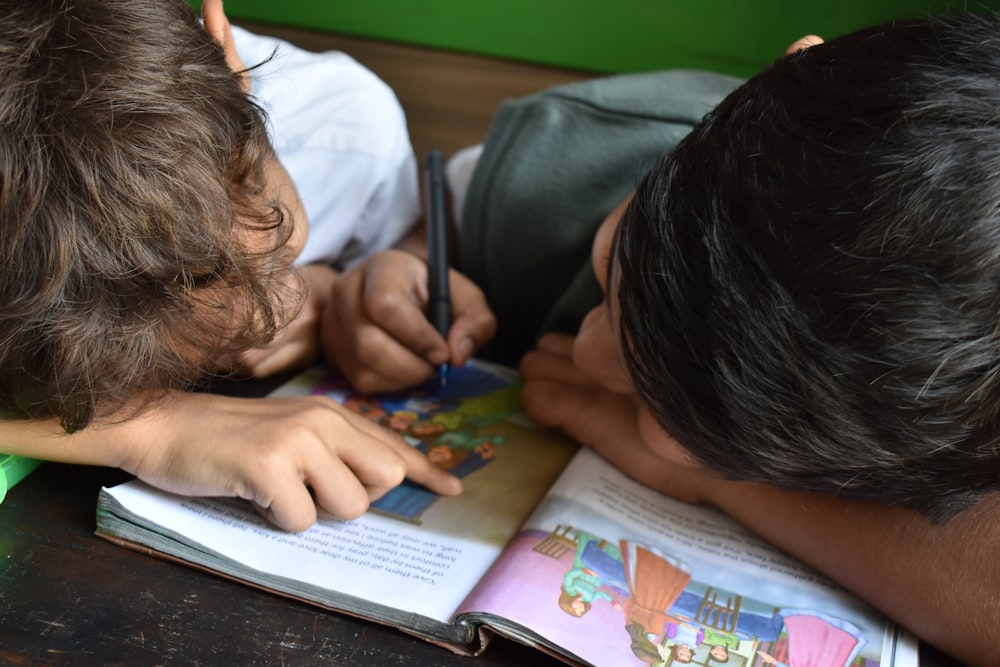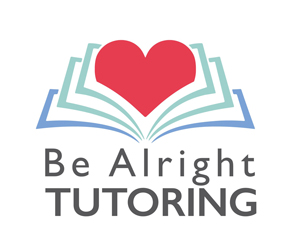If you spend any time scrolling on social media, you will quickly see that many people have difficulties with spelling. It isn’t a childhood issue, though that is where it begins. Spelling is a complex process, and it requires many skills. Some words sound the same but have entirely different spellings, and other words are spelled the same but sound different. Spelling can feel like a minefield. Early issues with spelling are to be expected, but when they continue, intervention may be necessary.
Literacy is essential in all levels of education. If a child consistently shows poor performance, there is a concern that they may disengage from their education altogether. This can affect a student’s grades, but even more concerning, it can result in low self-esteem, producing a negative ripple-effect into adult life.
It helps to know what the cause of the problem is, so you can find the right solution. Not every remedy works for every child, but building a toolkit of resources will provide multiple options in the event that one intervention doesn’t work.
Related: Helping Your Child Develop a Love for Writing
What cognitive processes are involved?
As previously mentioned, spelling is a complex process. There are several cognitive processes involved. To form a solid foundation for good spelling, we need to ensure that all processes work well.
Letter formation
Before children can spell whole words, they first need to know the letters of the alphabet. Fine motor skills are required as they learn how to draw each letter and learn its sounds. This is hard work until it becomes automatized. Children with dyspraxia, dysgraphia, or other visual processing disorders can have difficulty with letter formation.
Encoding
Encoding is the opposite process to decoding. Children learn to decode words when they read, but encoding words is how we spell. To encode words, children must first hear the various sounds in a word. Then, they need to know what letters (or blend of letters) give that sound and draw the letters correctly.
Short term memory
Memory is essential for spelling because all words are not spelled the way they sound, so children must remember the correct form of the word. Memory is also vital because many words sound the same but are spelled differently with different meanings. Young spellers have to remember which word they are spelling.
One classic example of this is the differences between their, they’re, and there.

Automatization of writing
The more we write words, the more we remember how to spell them. This is true even for a student with dyslexia or for students that are using touch-typing. The spelling of words encodes muscle movements across the keyboard. Some students learn to spell better by touch-typing than by handwriting words.
Related: Empowering Children: Discuss Challenges
Dyslexia
Dyslexia is a language-based learning disorder associated with spelling and reading problems, including letter reversals, mix-ups with same-shaped letters, and trouble with vowel sounds. Memory and processing skills may also be affected by different types of dyslexia.
ADHD
Attention Deficit Hyperactivity Disorder (ADHD) can be with or without hyperactivity. Focus and attention issues can lead to spelling problems, and short-term memory challenges can make remembering how to spell words difficult. Additionally, children with ADHD may have issues processing attention to detail, neatness of handwriting, and overall lack of proofreading and checking their work.
Creating break-times during lessons may prevent a child with ADHD from feeling overwhelmed or distracted. Before they work on assignments, encourage them to take their time and provide them with checklists to go over before handing in their work.
Is your child struggling to spell or read? Don’t worry, we can help. Visit Be Alright Tutoring today.
Dyspraxia and Dysgraphia
Dyspraxia and dysgraphia are both disorders that affect writing skills. Dysgraphia is also called the disorder of written expression. Holding and handling writing utensils can be a physically painful activity for some children with these disorders, which may contribute to spelling difficulties. Writing is likely to be frustrating and exhausting, so spelling can suffer as a result.
Added work on fine motor skills is helpful for a child with either of these disorders. Using aids with writing utensils like slant boards or pencil grips can assist with neater handwriting. Graphic organizers are helpful for young writers when it comes to organizing their thoughts for writing.

Auditory or Visual Processing
Difficulties processing auditory or visual information are known to lead to spelling challenges. These processing issues make it difficult for a child to make sense of what (s)he hears or sees.
A child with auditory processing challenges can’t hear the subtle differences in the sounds in words to spell them accurately. They can end up skipping letters or putting letters in the wrong order.
In addition, a child with visual processing challenges can’t differentiate between similar-looking letters or recognize spelling patterns.
Hearing Loss
Recall how vital encoding is to spelling. If a child can’t hear certain sounds, they are hindered from developing phonemic awareness. Hearing impairment might cause a child to miss out on a letter or mistake one letter for another. They have to depend more on the memory of word spellings than sounding out words.
Do everything you can to provide a quiet space for students to hear clearly without distracting noises. This is useful for classroom learning and test-taking. Headphones are one possible solution, as is working with a speech therapist.
Tips for multi-sensory learning
Learning to spell can be made more accessible by engaging as many of the child’s senses as possible. By making learning a multi-sensory experience, it’s possible to bypass some of the challenged areas and find a child’s strengths.
Use rubber stamps and ink
An alphabet set with different colors of ink to practice spelling can give children practice without the added challenge of letter formation. They can focus on letter sounds and spelling. They may even draw pictures to match some of their spelling words.
Touch typing lessons
Learning to type is an excellent multi-sensory approach to spelling. Students may learn with a program like Touch-Type Read and Spell, where they’ll see a word on the screen, hear it aloud, and then type out the letters.
Use beans, beads, or small pebbles to spell out words
For younger children who are still learning letter formation, using beans, beads, or small pebbles to spell out words is a fun and engaging activity. It can be completed in groups where each child forms one letter of a word.
Write words in the air
Tracing letter shapes in the air or sand is a fun way to practice letter formation. This may be especially helpful for a child with dyspraxia because they don’t have to hold a pencil to write their words.
Related: Your Child Was Diagnosed with LD: Now What?
In a nutshell
There are many reasons why a child may be having difficulty spelling, but fortunately, there are also many possible solutions. If you can pinpoint the reason for the difficulty, you can creatively devise a solution so every child can experience the joy of spelling correctly.
Is your child stressed at school? Don’t worry, we can help. Contact Be Alright Tutoring today.

